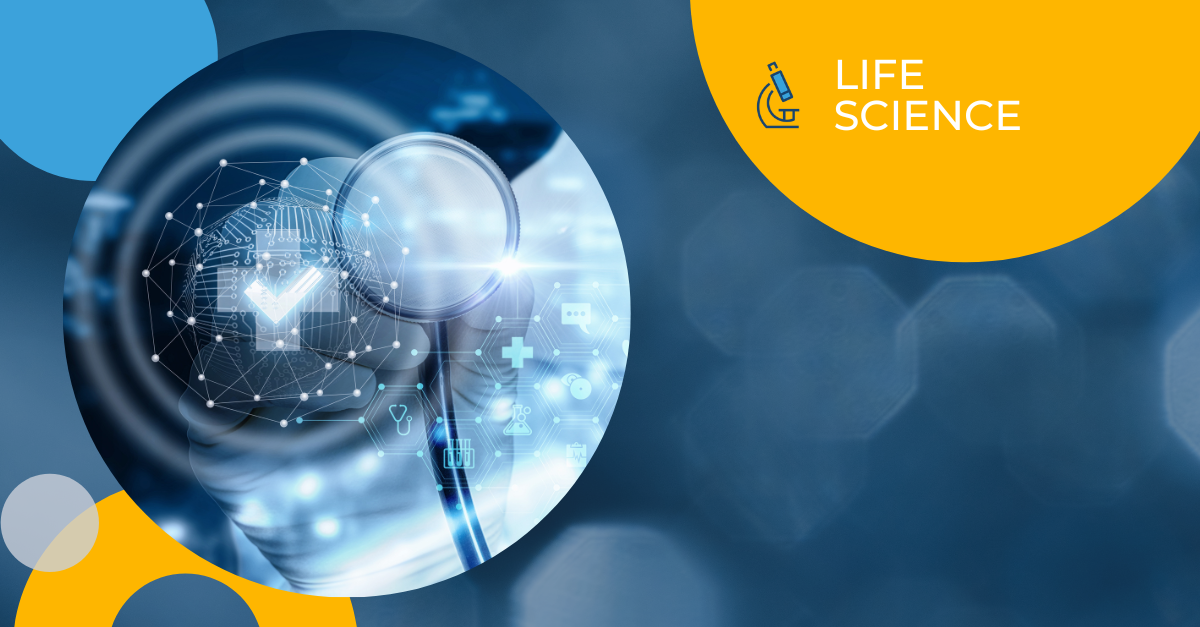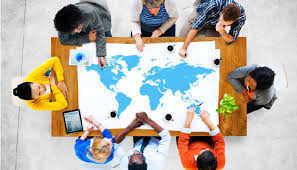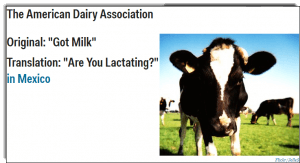Month: May 2016
How Can Language Affect Medical and Pharmaceutical Business?

Any business that trades globally will understand the importance of precise language and accurate document translation, but in the biotech, pharmaceutical, and medical device industries, there is even more at stake when it comes to translating important documents. A translation error in the life sciences industry not only delays and complicates research and production efforts, but it could actually prove harmful to patients or subjects. Minimizing risk when it comes to medical translation is of paramount importance.
To ensure high quality medical translation, it is important to write the original English documents and instructions in clear and concise language. That will make it easier for the medical translator to ensure clarity when they translate the document the target language. It is equally important that the translation is performed by a professional translator with expertise in the specific medical field who can translate the documents and Instructions clearly in each language in which they are published. If a medical professional or patient misunderstands directions due to a linguistic error, your business may be liable. This costly error will not only result in major expenses to your business, but it could also affect your reputation and future sales.
Furthermore, potential investors are likely to be incredibly wary about investing in pharmaceuticals or medical companies with poorly translated documentation, due to fears about the safety of administering the drug or device to patients. Therefore it is imperative that any instructional documents or labels are carefully translated, proofread, edited and reviewed by native speakers to ensure that they are undoubtedly clear, concise and minimize risk.
The importance of field-specific knowledge
An experienced translator be able to accurately translate even the most technical of medical or pharmaceutical terms, but it’s also essential that they have a strong understanding of region-specific jargon, regulations or laws. For this reason, businesses should be careful to only hire translators who are qualified and experienced in specific region that is being targeted.
It is also essential that the medical translator have specific subject matter expertise. Let’s say a pharmaceutical company requires the translation of clinical trial documents for a new drug designed for diabetes. An appropriate translator would be someone who holds an MSc or PhD in the pharmaceutical field, and who has specific experience in writing and translating clinical trial papers. In addition, the translator should ideally have specific experience translating documents related to diabetes.
The same goes for translation of regulatory documents or pharmaceutical labels; the medical translator must be qualified in the relevant area and be experienced in translating similar documentation in order to ensure that they follow the guidelines and industry standards that regulatory bodies and potential clients expect.
High quality across all documentation
It’s not just clinical studies, regulatory documents, labels and instructions that must be accurately translated in the medical and pharmaceutical industries, but also marketing materials, patents and website content as well. Your website and promotional materials may be the very first impression you make on a potential client and translation errors here could deter buyers and medical professionals who expect impeccable quality and absolute clarity in all documentation related to medical and pharmaceutical products.
Patents should also be translated with great care, as inaccuracies here could result in a product being improperly protected. The pharmaceutical and medical industries are particularly competitive all over the world, and it is crucial for a business to protect their intellectual property assiduously through effective patent prosecution which includes accurate and precise translations for life sciences patents.
As you can see, there are many risks associated with inaccurate medical and pharmaceutical translations, and so many benefits from ensuring that your translated documents are accurate in terminology, clear in instruction and tailored to each target language audience. By investing in high quality translations, you are not only protecting the professional image of your brand and your reputation, but also your products, your clients and most importantly their patients.
Get the latest insights delivered to your inbox
Transcreation: Enhancing Your Global Brand Equity

“If you talk to a man in a language he understands, that goes to his head.
If you talk to him in his language, that goes to his heart.”
Nelson Mandela
The big multinationals have been doing it for decades. The Coca-Colas, Volkswagens and Unilevers of the world spend many millions every year to ensure that their corporate brand identity is properly conveyed in highly diverse markets around the globe. Brand plays a major role in creating that all-important emotional connection between consumers and a company and its products. Borrowing from Nelson Mandela’s philosophical insight (see sidebar), even in today’s global markets where, for example, English is often widely understood, a brand can only reach an audience’s heart if it talks the local language.
Lost in translation…
Languages are subtle and nuanced. Unless you’re talking about highly structured, functional text, it is not unusual that two translators would produce somewhat different finished texts, with both being equally accurate.

It is particularly important that copywriting texts be localized with great care. Translations that are too literal will lead to embarrassing bloopers such as the one shown on the right.[1] Above and beyond the semantic meaning, the translator also has to capture brand-building language qualities such as style and tone.
Going beyond translation – transcreation
The art of preserving brand equity during localization has spawned its own specialty: transcreation, i.e., translation + creation.
While translators seek to reproduce the wording and intent of a message, transcreators are copywriter linguists who seek to evoke the intended emotional response by re-creating the message in a way that resonates strongly with locals.[2] The aim of a transcreated message is to successfully capture the contextual relevance of the source message in the new language — words, graphics, video, audio, and cultural nuances.[3]
In order to achieve this goal, transcreators need to receive not only the source text, but the complete creative brief that underlies the campaign. The output of the transcreative copywriting effort will be brand new messaging that is carefully targeted to the local market.[4]
Here’s an example of transcreation from US to UK English[5]. Back in the days when fax machines were just becoming affordable, a US manufacturer of a super-fast fax machine ran a campaign using the strap line “Don’t go postal” over an image of a harried office worker holding a stack of urgent letters. The implication was clear: faxing the letters would be more reliable and less stressful than sending them by mail. It was a dark-humor play on the American slang expression “Go postal”, which means to lash out violently and at random and is taken from incidents in the 1990’s of workplace violence involving US postal system workers. The transcreators in the UK did not feel that the highly contextual strap line would go over well locally so they came up with a UK alternative: “Fax. Relax.” Totally different words, same message.
Transcreation is generally more expensive than straight translation. But in today’s highly competitive retail environment, can you afford to have your message and your brand equity undermined by ineffectively localized marketing and sales collateral?
Learn about Morningside’s transcreation services here.
References
[1] Laura Stampler, The 11 Worst Foreign Ad Translation Fails, Business Insider, May 17, 2012
[2] Transcreation FAQ: What you need to know about creative translation, Grainne Maycock, March 19, 2015
[3] What is Transcreation?, May 12, 2014
[4] Six Ways Transcreation Differs from Translation, Nataly Kelly, July 21, 2014

